-
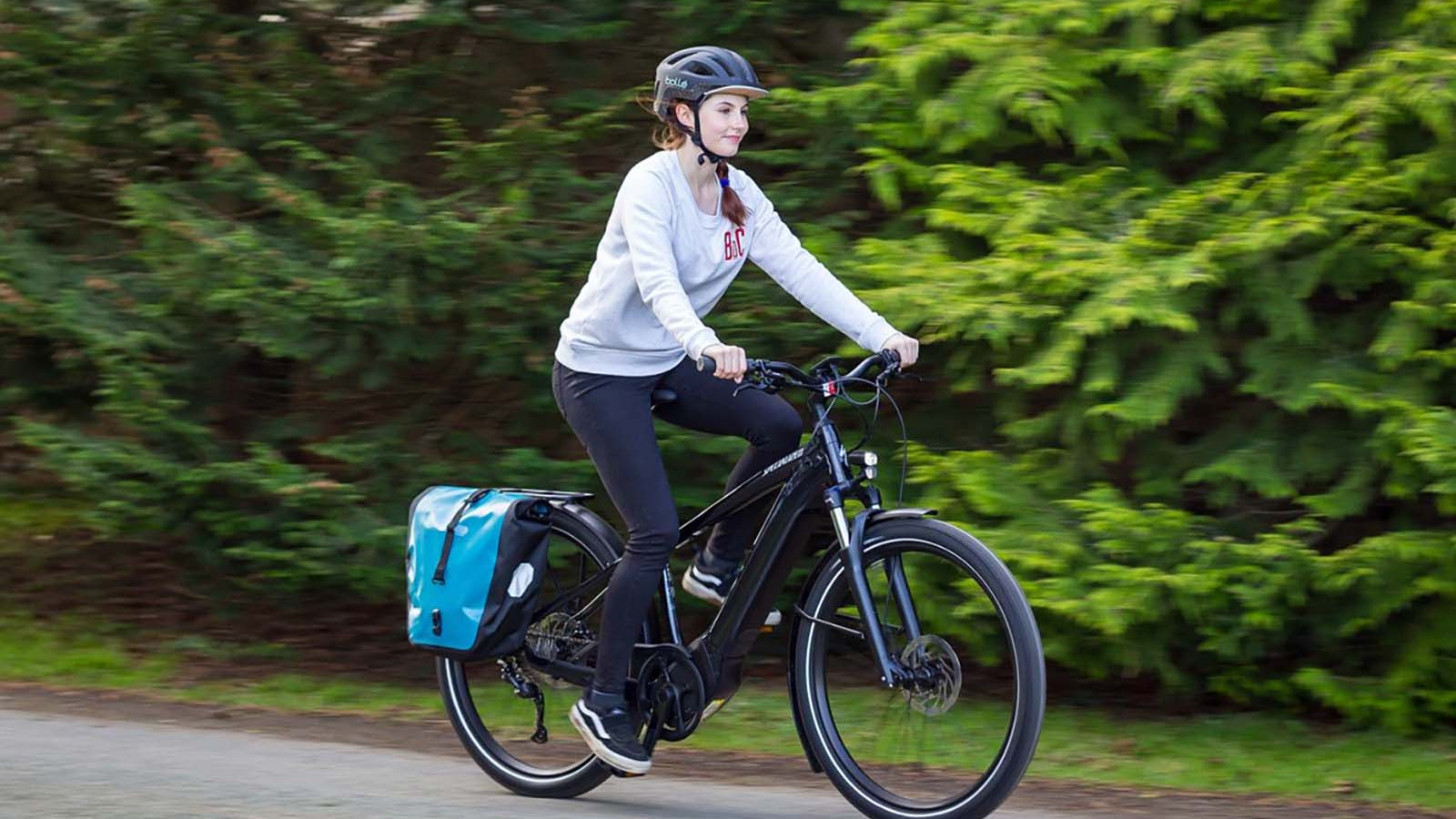 © Rebecca Bland
© Rebecca Bland -
 © Rebecca Bland
© Rebecca Bland -
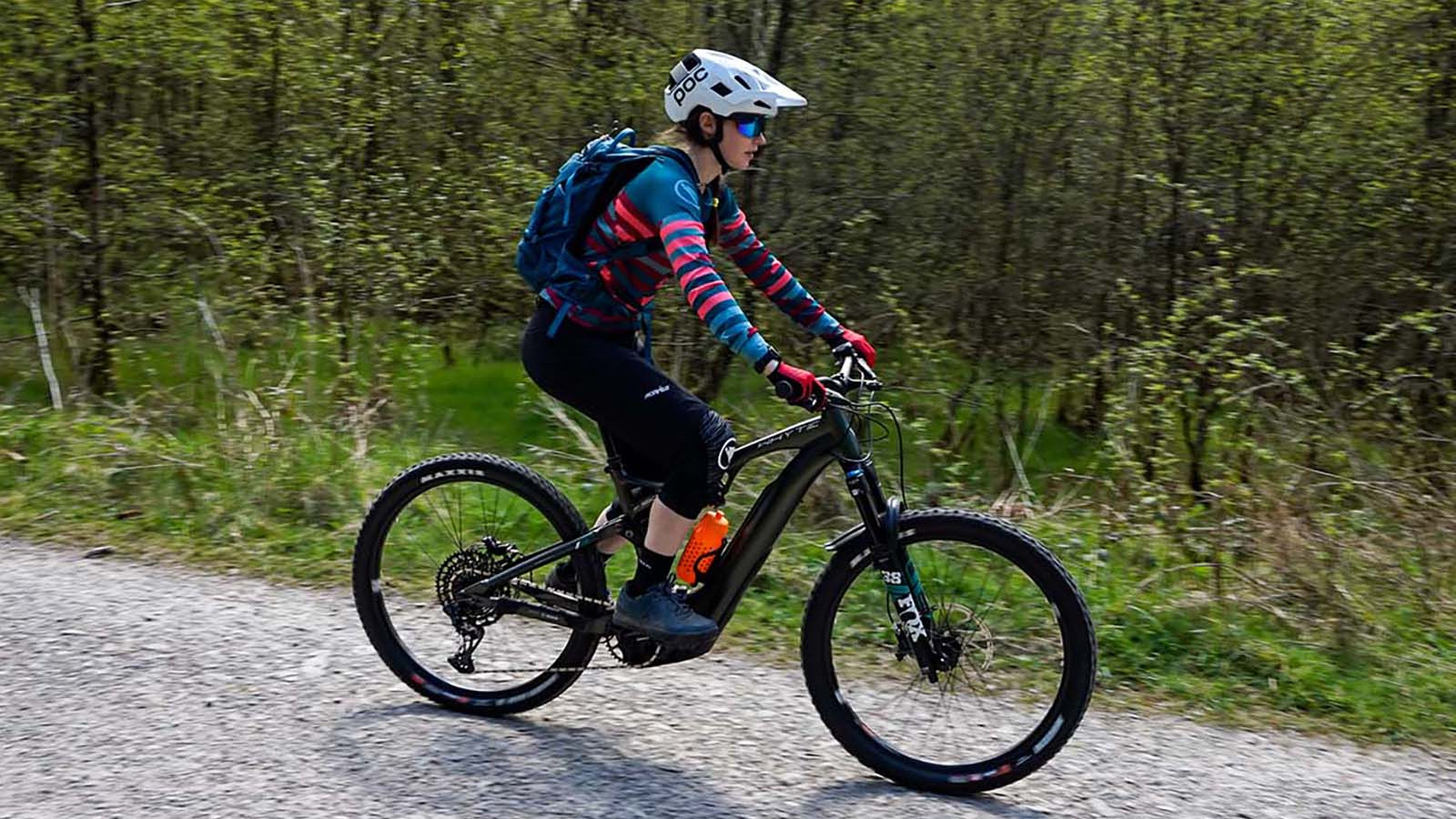 © Rebecca Bland
© Rebecca Bland -
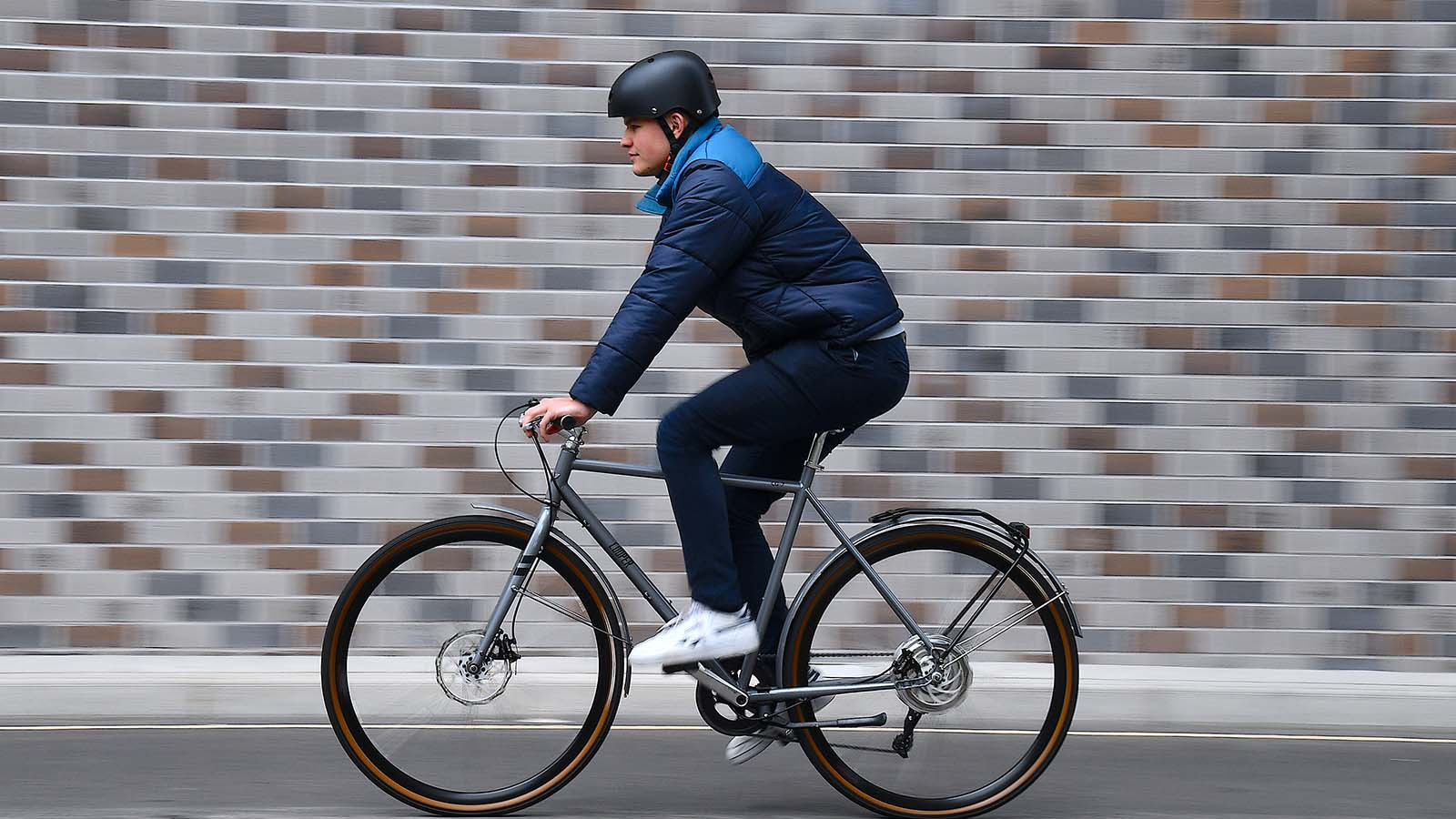 © Haymarket Media
© Haymarket Media -
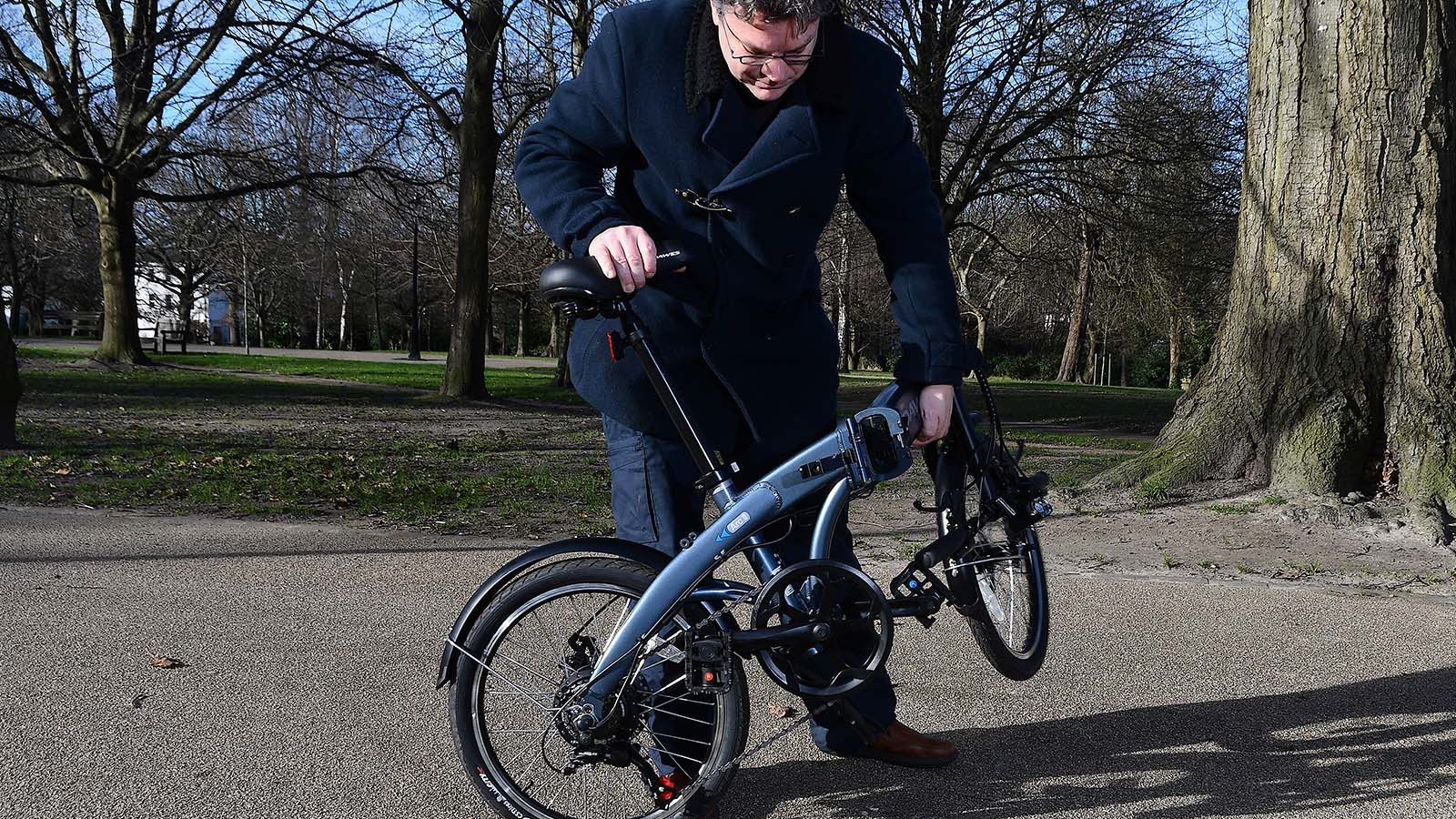 © Haymarket Media
© Haymarket Media -
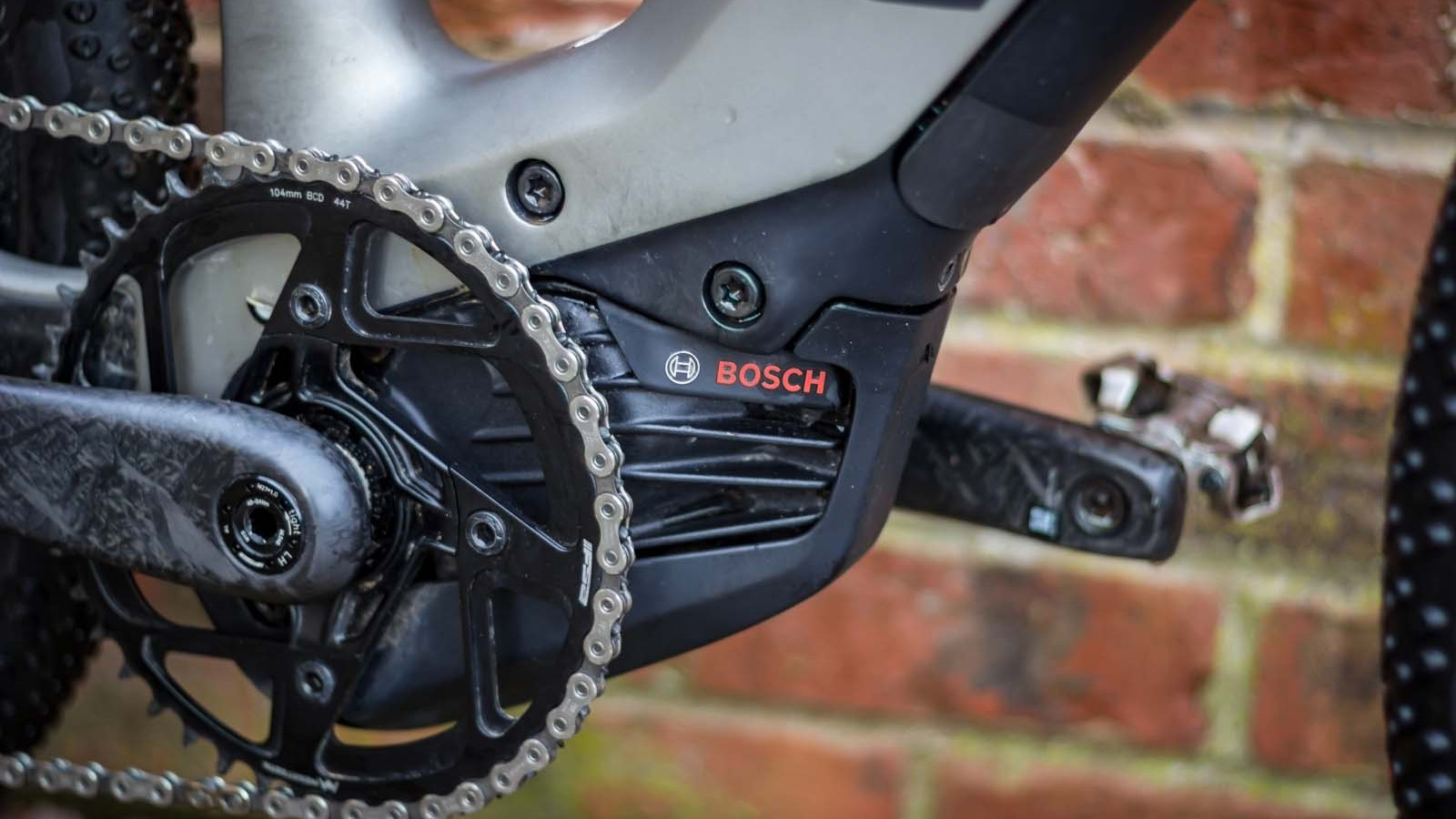 © Rebecca Bland
© Rebecca Bland -
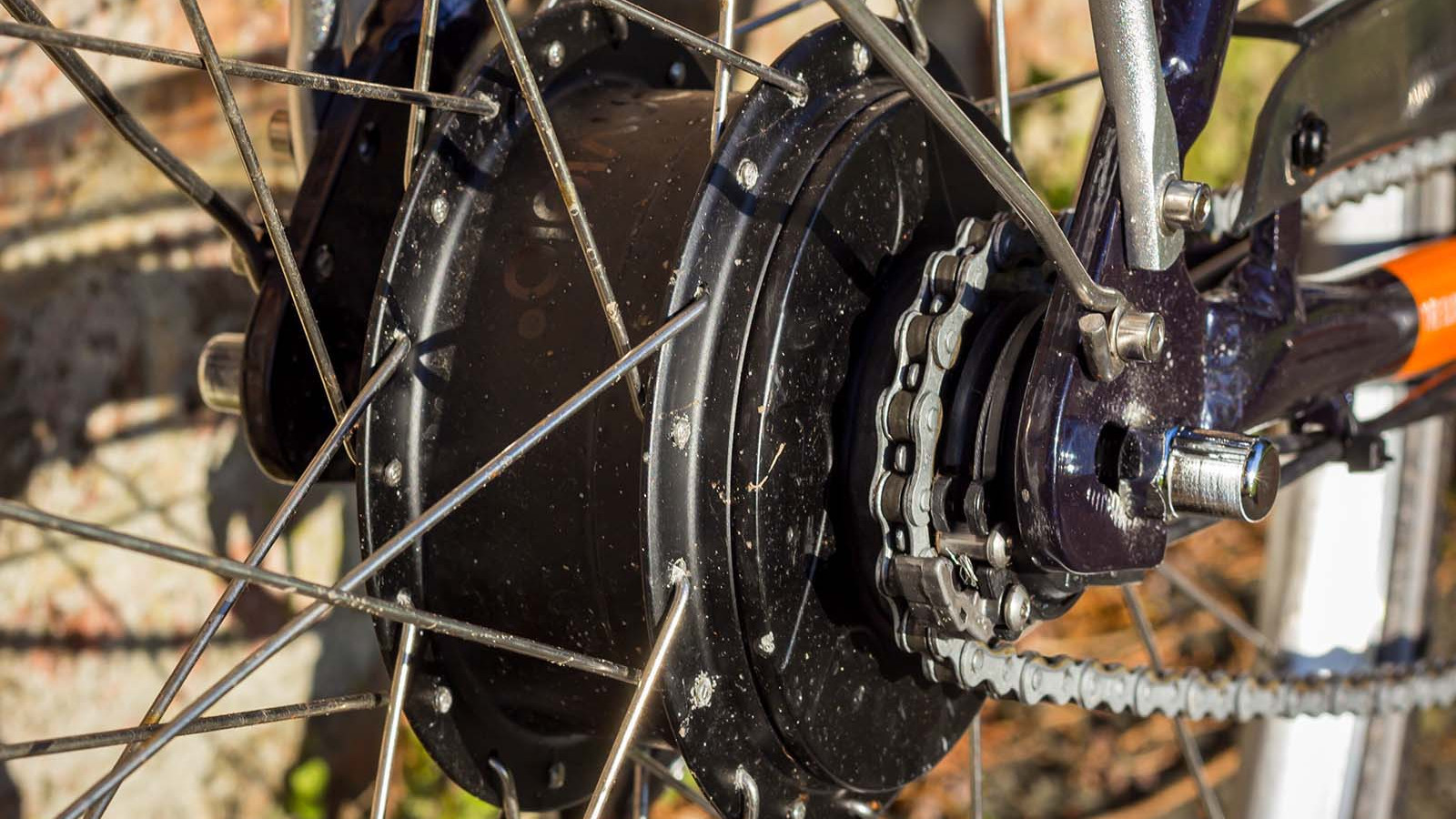 © Rebecca Bland
© Rebecca Bland -
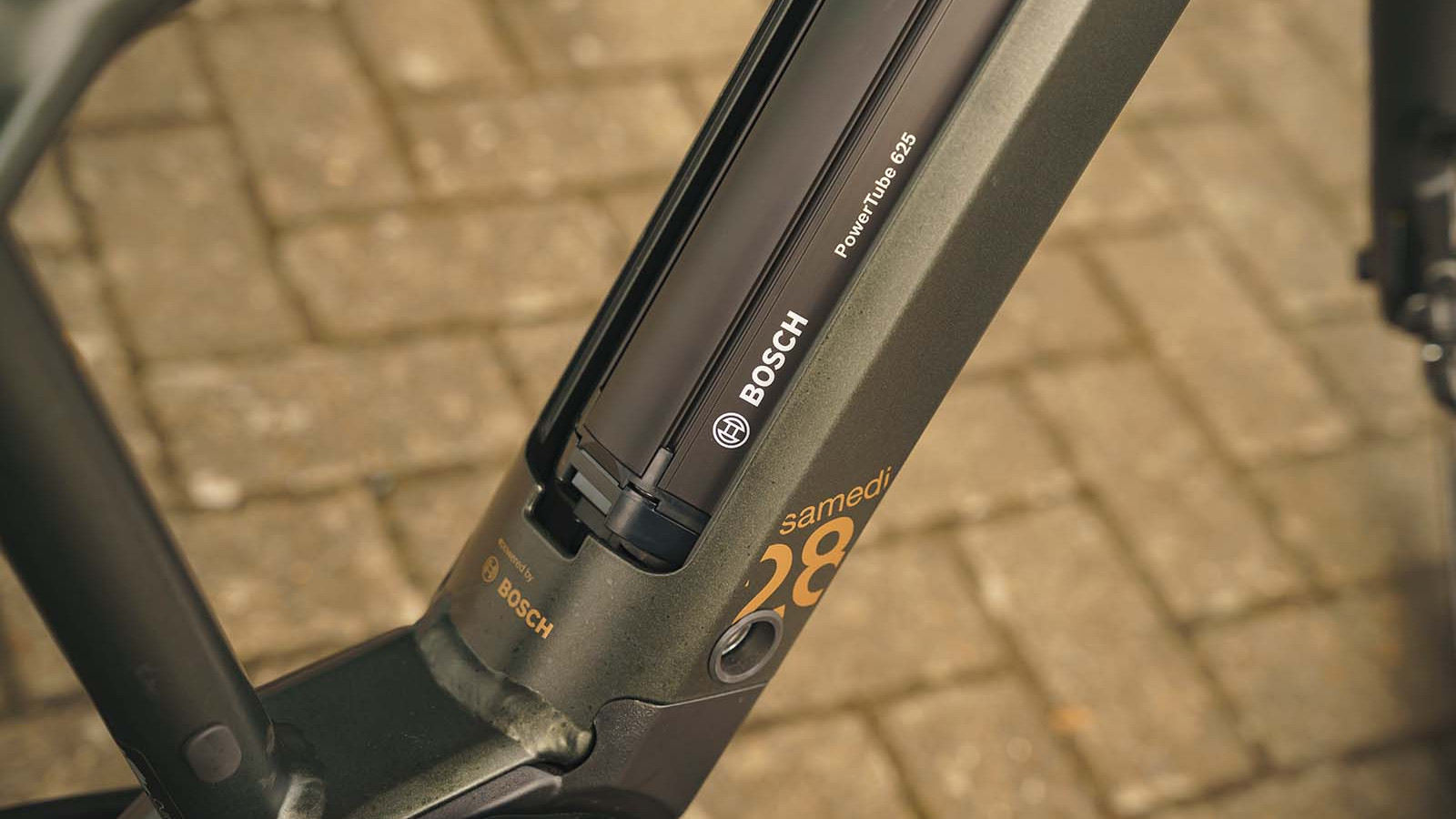 © Rebecca Bland
© Rebecca Bland -
 © Rebecca Bland
© Rebecca Bland -
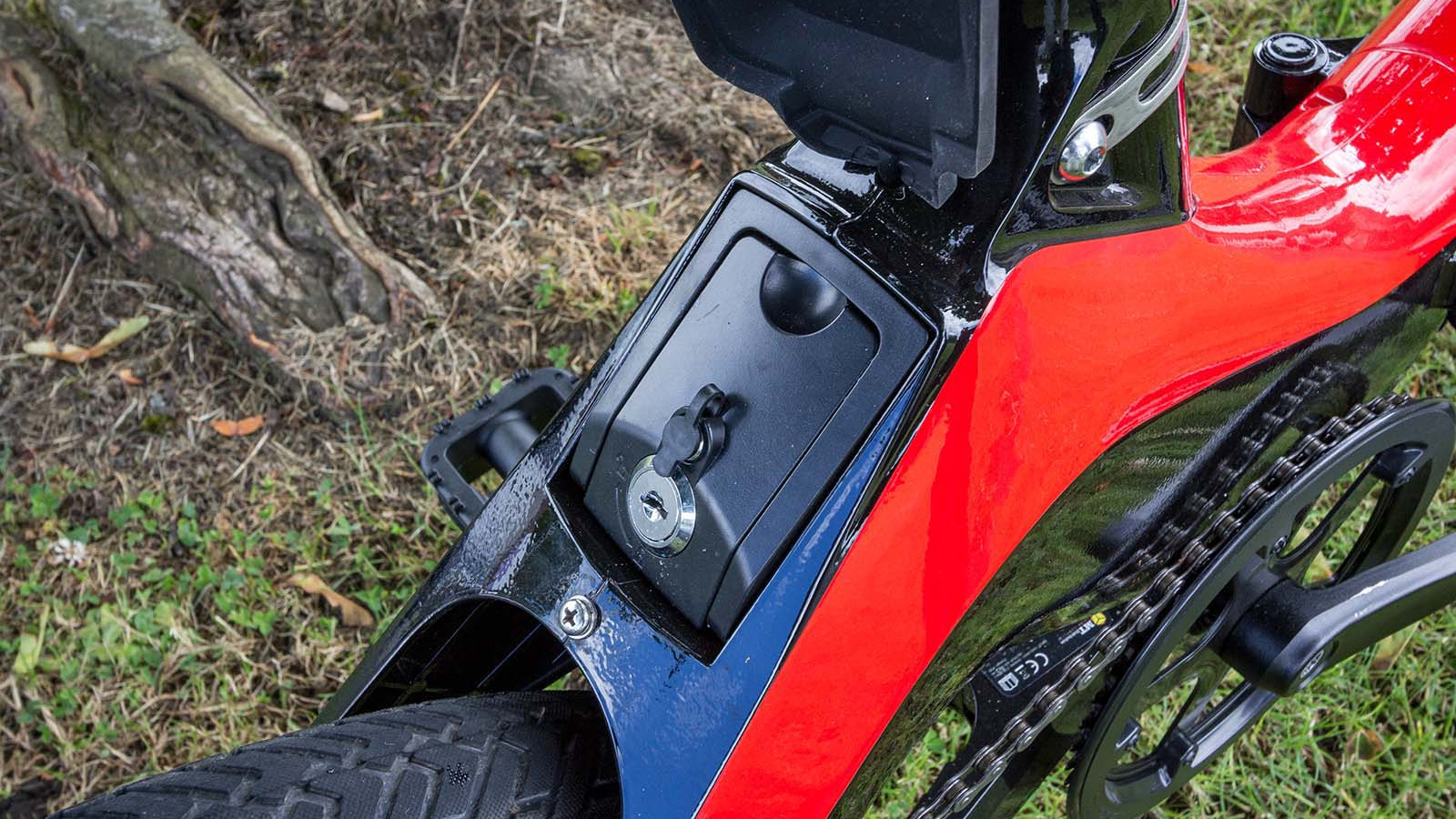 © Rebecca Bland
© Rebecca Bland -
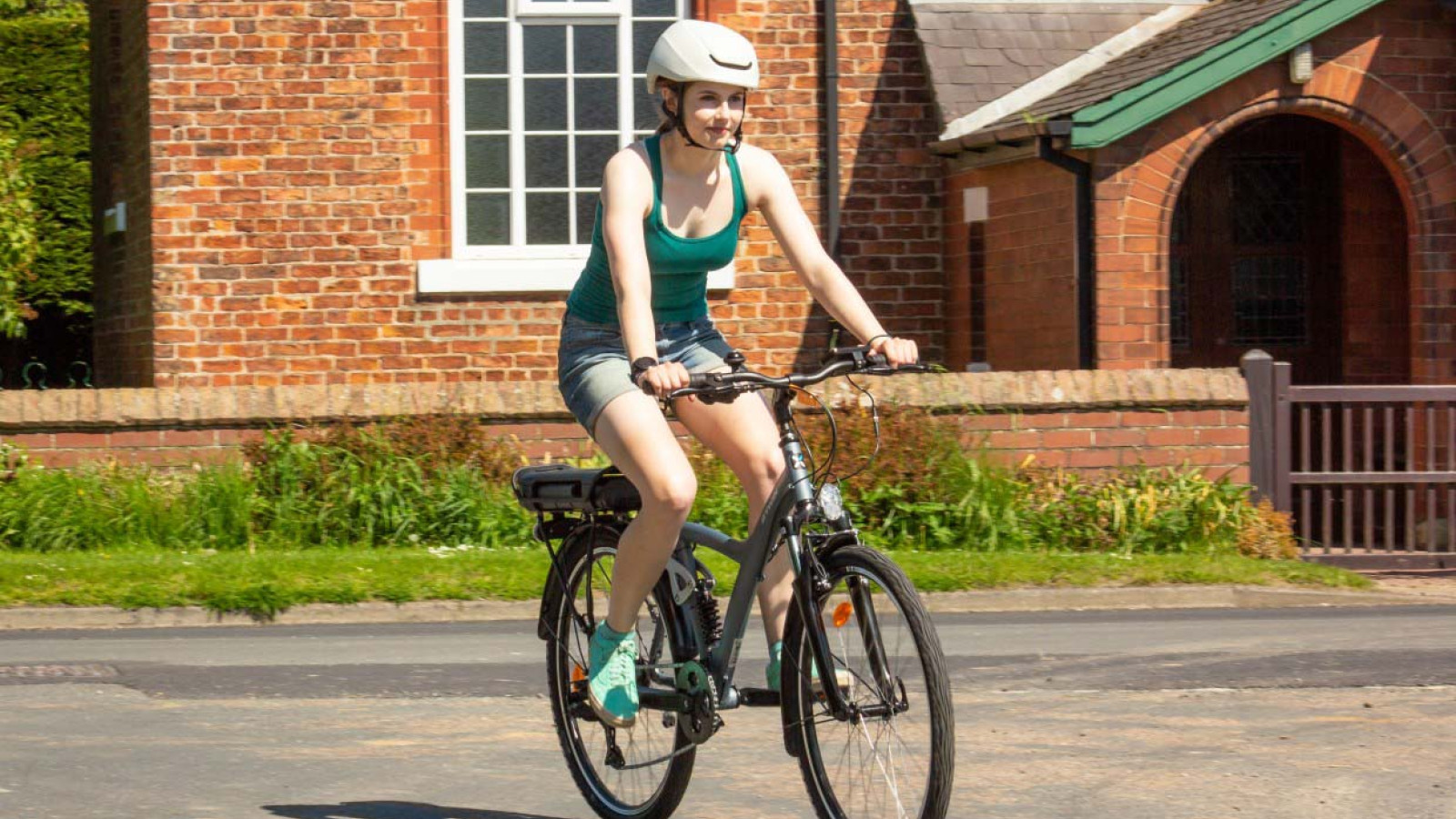 © Rebecca Bland
© Rebecca Bland -
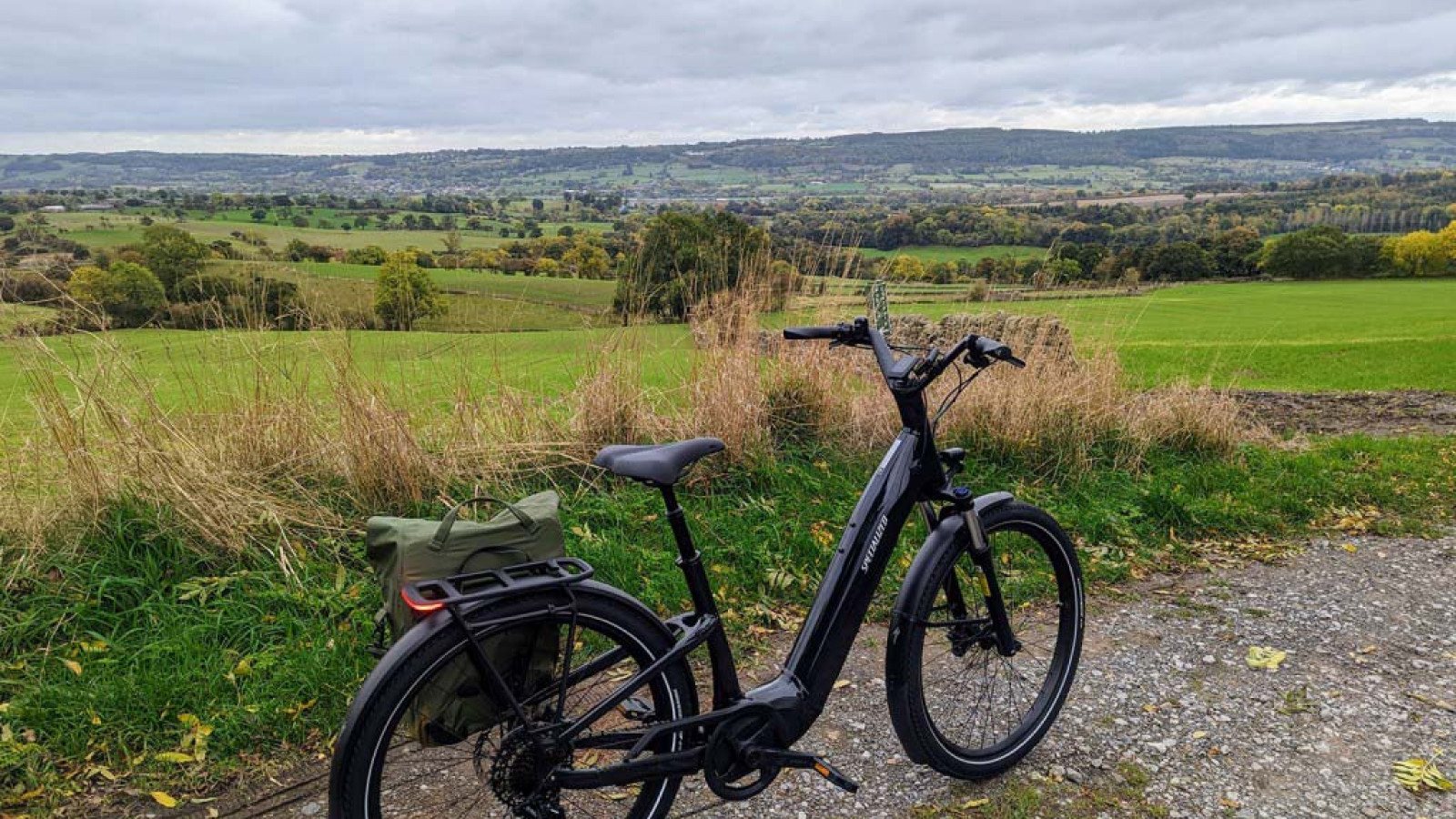 © Rebecca Bland
© Rebecca Bland -
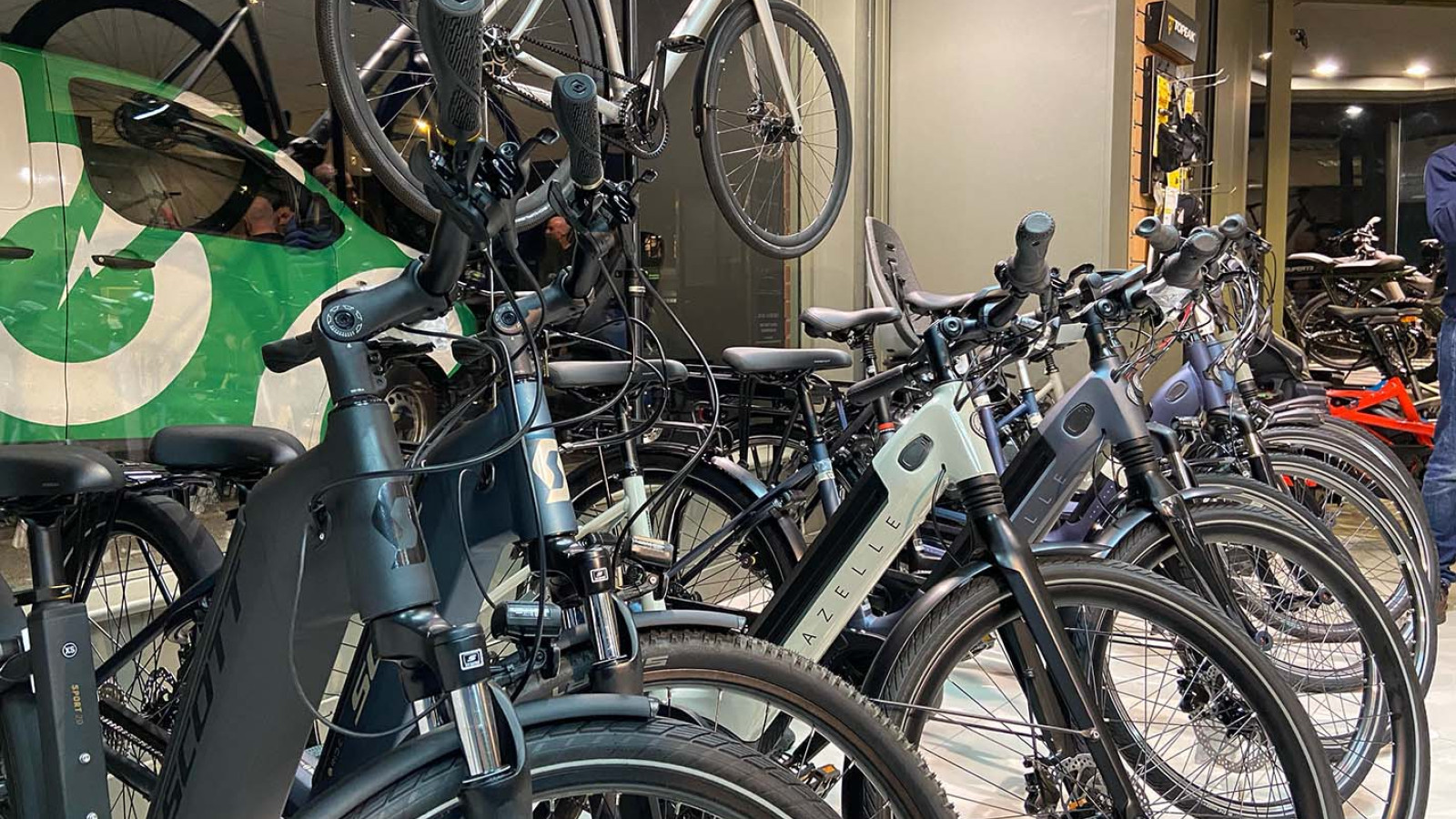 © Move Electric
© Move Electric -
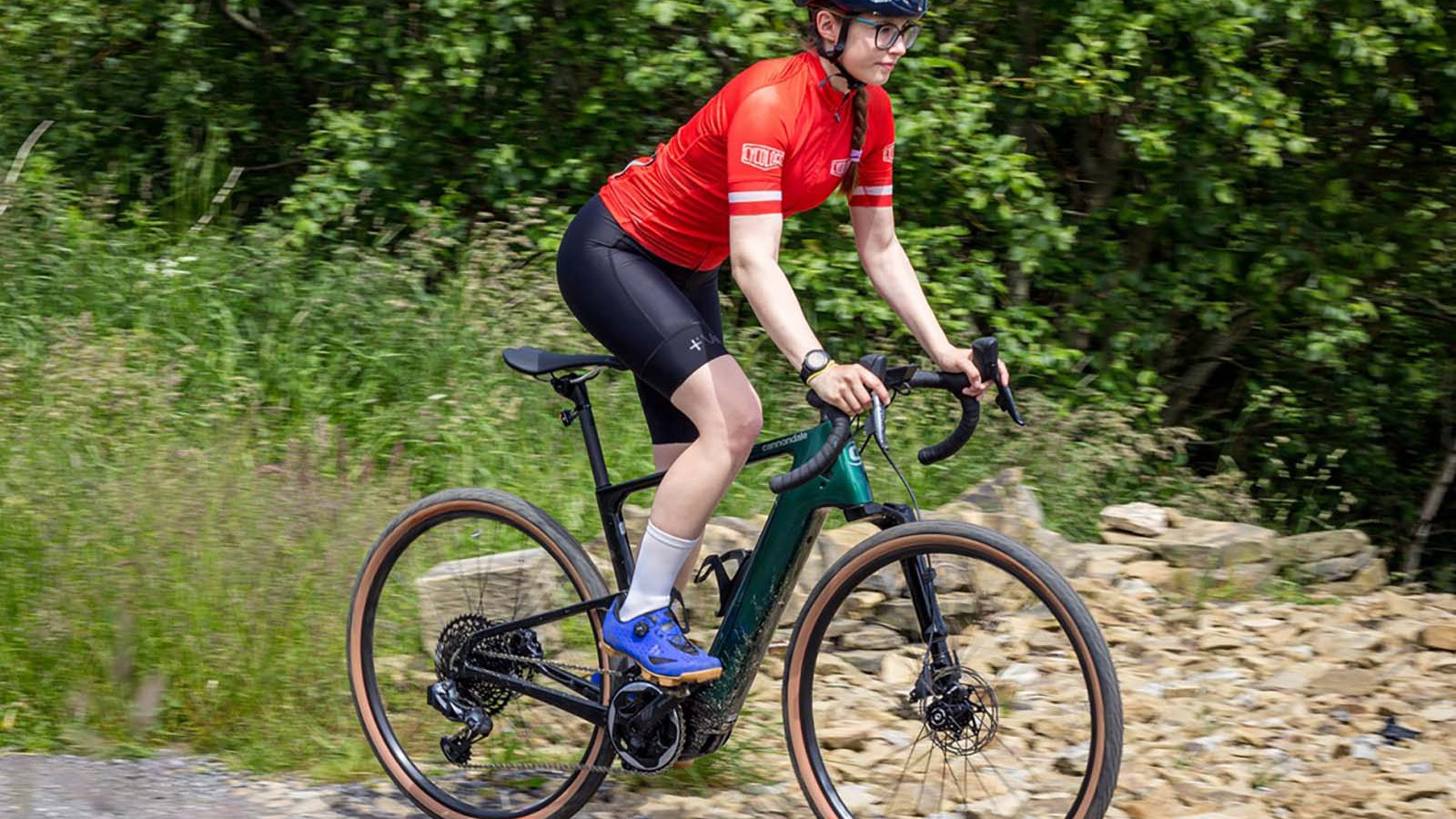 © Rebecca Bland
© Rebecca Bland
-
Not long ago the breadth of choice within the electric bike market was relatively limited, with only a few key players offering a pedal-assist machine.
Nowadays the industry is quite the opposite, with both budget options and top-spec machines now available giving wannabe e-bike riders even more to choose from.
-
But with so many brands now competing for business, it can be difficult to know which e-bike to go for, and if you’re getting good value for money.
Here, we look at some of the things you should consider when buying an e-bike to help you narrow it down and get a machine that will fit your needs perfectly.
-
Decide which type of e-bike best fits your needs
If you’re entering the electric bike world as a keen cyclist, it's best to view an electric two-wheeler as a regular bike but with an assist.
There is not need to overcomplicate the different categories, for example, an electric mountain bike is still a mountain bike – so if you want a machine to help you enjoy off-road trails then the category is the same as an unassisted bike.
-
Of course, an e-bike is an investment and will command a premium over a regular bicycle. While some more highly-equipped unassisted cycles are reaching new price highs, electric bikes are still pricier, so don’t make the mistake and buy one because it looks good and then leave it in the shed.
-
You should buy one to fit your lifestyle. For example, if you want to take the kids to school in a more cost effective way, look for an electric cargo bike.
If you want to cycle to work but don’t want a regular bike, then a folding electric machine is a great alternative. Make sure the bike has the ability to ride where you want it to, and is something that you will feel comfortable on.
-
Motor location
Forgive us if we get a bit technical here, but there are usually two places for an e-bike motor: in the wheel (hub motor) or above the bottom bracket (mid-drive).
Electric mountain bikes, for example, generally use a mid-drive motor as this offers a better riding experience with more balance and a lower centre of gravity. They’re often more expensive.
-
Hub-drive motors can provide good ride quality and are typically cheaper than mid-drive bikes. They work well on folding electric bikes or e-road bikes, although the downside is that you get less balance as they add more weight to one end of the bike.
It is worth nothing that more manufacturers are developing more lightweight mid-drive units – the Mahle X20 SmartBike system weighs just 3.2kg.
-
Battery size and range
We’ll stay clear of any technical jargon here. Instead we suggest you narrow down the number of miles you might need from a single battery charge. If you’re after a bike for your daily commute, you’ll want a two-wheeler that will at least get you to the office and home again on a single charge.
If your ride to the office is 10 miles each way, you’ll want a bike with a quoted range of 20 miles, unless you can charge at work; it's easier to find a bike with additional mileage, though.
-
Of course the range of your e-bike depends on a number of variables such as rider weight, the weather (colder conditions can limit range) and the type of terrain you’re riding on. Use a performance mode or a sports mode and you’ll also drain your battery faster.
-
The good thing about more modern driver systems is that most can use dual batteries. Alternatively you can carry an extra battery and swap it with the depleted pack when it runs out. For the vast majority of riders, a modern electric bike will be able to cover a few days worth of riding at least.
-
Price
The cost of an electric bike will certainly form a pivotal part of your considerations, and ultimately boils down to how much you can afford.
Whether you’re paying in full or on a cycle to work scheme, everyone has their limits, but technology is progressive rapidly and buying a good quality e-bike on a budget is becoming increasingly viable.
-
While initial costs for an e-bike are higher than those of an unassisted bike, the maintenance costs are much lower, and if it can replace your car for a few journeys per week then you’ll actually save money.
We wouldn’t necessarily recommend buying the cheapest e-bike you can find, although it is possible to buy something of good value below £2000. Below a certain threshold and you risk buying an e-bike that won’t fulfil all your needs.
-
Book a test ride
When investing in an e-bike, it's best to know exactly how it will perform so don’t be afraid to head down to a retailer and sample some potential machines. And if you can find a dedicated e-bike shop then you can ride bikes back-to-back to help you make a more informed decision.
-
There’s more benefits too when booking a test ride, as you can fully get to grips with an assisted bike if you haven’t experienced one before, and get answers to any questions you may have from experts.
